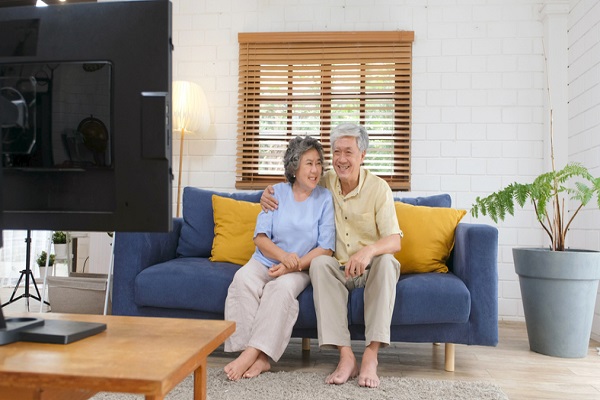The concept of “aging in place” is about a person’s desire to live safely, independently, and comfortably in their home. How do you incorporate these principles into home designs?
Why Aging in Place Matters
Seventy-eight million Baby Boomers are aging into the retirement years. As the country’s population ages, accessibility is becoming a critical goal for many new-home buyers who want to seek out a guarantee that their homes will continue to meet their needs—or those of aging loved ones—both now and into the future.
Homeowners who plan on aging in place intend to remain in the home of their choice for as long as they can. Home designers and builders who want to serve this lucrative market should be focused on the principles of universal design. The National Association of Home Builders (NAHB) defines this critical design concept as “the design of product and environments to be usable by all people, to the greatest extent possible, without the need for adaptation or specialized design.”
Plan for Future Needs
Many Boomers and even older generations are already choosing to start to age in place. Some buyers are planning for additional space, either for a home office or for a caretaker should the time come that they need additional help. These extra spaces, sometimes upstairs, can also be used when family members come to visit.
Other than these augmented spaces, everything else a homeowner needs is often contained on the first floor of a new home, including the master bedroom. Other needs may be a step-in shower rather than a tub/shower combination, extra wide hallways, spacious bedroom space, and walkways that may allow for walker or wheelchair access.
You Build it, We'll back you up.
Learn why so many builders enroll their homes in the 2-10 New Home Warranty Program.
First-Floor Living
Builders should definitely be paying attention to first-floor design. Making sure that a home design has certain elements on the first floor is a choice that will make these aging-in-place homes easier to sell. These features include a bedroom, bath, kitchen, and living or family room.
Ensuring these elements are in place prevents those with aching backs or knees to avoid the stairs. To allow easy access, avoid plans that lend themselves to steps leading to the front door and aim for a design where the entrance is level instead. The goal here is a home that is easy to get around in, whether or not a homeowner is mobile, because that may change over time.
Check Out the Home Build Site
If you’re looking to build homes where owners can age in place, it’s important to look outside the four walls of the house itself and check out the topography of the home build site. Is the development walkable? Can a homeowner visit a neighbor without getting in the car? Is public transit located nearby in case your buyers find themselves no longer able to drive?
These 78 million plus Boomers and other buyers have a powerful voice. Aging in place is a hot market for the building industry with developments and professionals who are designing their products for consumers who want to stay home. It’s a dynamic market and potentially a lucrative one that is evolving as quickly as the boomers and seniors determined to stay home. By building the homes and other products that appeal to homeowners who are determine to age in place, builders are providing a dynamic and powerful service to an entire generation of home buyers.








